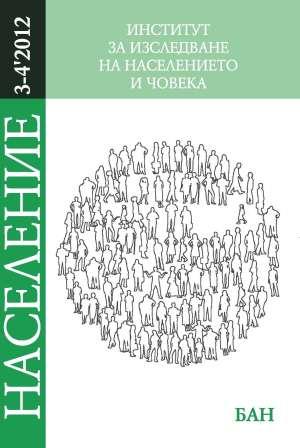Quantifying the Unquantifiable: Defining Roma Populations in Quantitative Surveys
Quantifying the Unquantifiable: Defining Roma Populations in Quantitative Surveys
Author(s): Andrey IvanovSubject(s): Social Sciences
Published by: Институт за изследване на населението и човека - Българска академия на науките
Keywords: Roma identity; Roma inclusion; marginalised groups; quantitative surveys;
Summary/Abstract: The article explores the challenges and possible approaches to quantification of Roma communities – both for the purpose of sampling surveys and for the needs of operational policy-making. The starting point of the analysis is an overview of the history of Roma presence in Europe, which provides the argument for the idea of the multiple and fluid nature of Roma identity. Against this background the specific challenges related to developing a ‘single and precise’ definition of “the Roma” are analysed. Those challenges are stemming from the patterns of coexistence with the (equally vague and fluid) Gadze universe and the patterns of socialisation during modernity. Many of those elements still remain valid today. “Roma” is not just a meta-group, but a complex construct and its meaning differs depending on the interpretative frameworks of the different sides involved in the debate on the issue. Roma identity is also quite situational and reflective defined vis-à-vis the non-Roma (the Gadzo). Seen in historical perspective, this pattern of identification is not just the result of centuries of discrimination and prejudice against the Roma. The discrimination and prejudice themselves were an inevitable outcome to the process of modernisation, in which the way of living of Roma was increasingly in conflict with the emerging disciplining structures of sedentary societies and with the existing non-Roma hierarchies, both cleric and secular. The process intensified with the consolidation of nation-states in the 19th and 20th century. In the context of today’s post-modern society, the non-Roma populations are facing challenges similar to those faced for centuries by Roma. This is the challenge of how the existing (in most cases – modern) institutional frameworks can reflect and absorb the multiple identities of the post-modern citizens. Seen from this perspective, Roma inclusion could provide valuable insights. As for the issue of quantification, rigid definition or exact “counting” of Roma is not necessary for achieving real progress in Roma inclusion. Methods reflecting the fluid nature of the term “Roma” and corresponding to the policy priorities leading the process of data collection should be used instead. The author provides a specific example of such methods from the area of quantitative sampling surveys.
Journal: Население
- Issue Year: 2012
- Issue No: 3-4
- Page Range: 79-95
- Page Count: 17
- Language: English
- Content File-PDF

